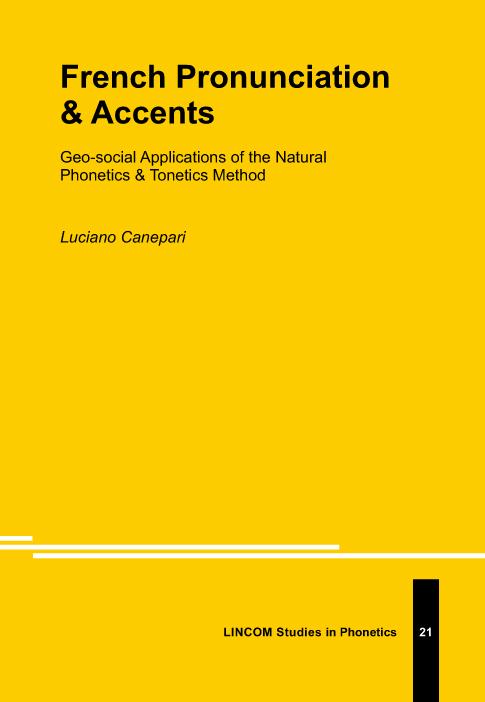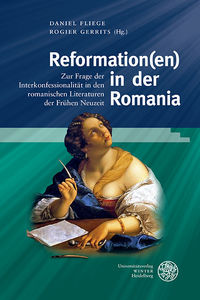French pronunciation & accents: geo-social applications of the natural phonetics & tonetics method
This book applies the principles of Natural Phonetics & Tonetics to describe the pronunciation of French, including intonation, in a precise way never found in earlier treatises. It includes an introduction to the Natural Phonotonetics Method, which can be used for any other language, as well (without the sadly known limitations of official IPA).
The vowels, consonants, structures, and intonation of French, including liaison and the unstable e phoneme, are fully described and transcribed, with many examples of words, sentences, and conversations, in addition to the intonationally integrated IPA sample passage ‘The North Wind and the Sun’, and some lofty texts.
Different types of French pronunciation are fully described: international, neutral, traditional, mediatic. In addition, the neutral, mediatic and broad pronunciations currently used in France, Belgium, and Switzerland are extensively treated.
Further chapters describe (with clear phonic maps) the 61 regional accents found in: France, Belgium, Switzerland, and Canada, and other parts of the world.
Other chapters provide 7 traditional dialects, 23 foreign accents of French, 4 diachronic stages, 26 concise language phonopses for easier comparisons.
A mini-phono-dictionary contains about 200 words, chosen among the most problematic ones for pronunciation and the use of liaison. Extensive lists of homophones and numbers are also provided.
zum Buch im ULB-Katalog
zum Buch auf der Verlags-Website
Reformation(en) in der Romania: Zur Frage der Interkonfessionalität in den romanischen Literaturen der Frühen Neuzeit
Der Sammelband, der die Beiträge der 2017 auf dem Romanistentag in Zürich durchgeführten Sektion ‚Konfessionsdynamiken in den romanischen Literaturen der Frühen Neuzeit‘ vereinigt, widmet sich dem Einfluss reformatorischer Bewegungen und der damit einhergehenden Konfessionsbildung auf literarische Texte in der Romania. Bei der Untersuchung dieser Einflussnahme liegt der gemeinsame Fokus auf interkonfessionellen Phänomenen. Diese auf die Konfessionalisierungsthese aufbauende Methodologie erlaubt es nicht nur zu zeigen, dass die reformatorischen Thesen in den romanischen Literaturen nachwirken, sondern auch, dass diese auf dynamische Weise in die Texte einfließen.
Dass sich der Band mit Interkonfessionalität in der Romania beschäftigt, mag überraschen, gelten doch weite Teile der Romania als monokonfessionelle katholische Gebiete, insbesondere Spanien und Italien. Die hier versammelten Studien wollen den Blick für Phänomene schärfen, die sich klar umrissenen konfessionellen Antagonismen entziehen und konfessionelle Pluralität in vermeintlich homogenen Gebieten deutlich machen.
zum Buch im ULB-Katalog
zum Buch auf der Verlags-Website
Weitere Titel können Sie in unseren Neuerwerbungslisten für die Romanistik entdecken!


